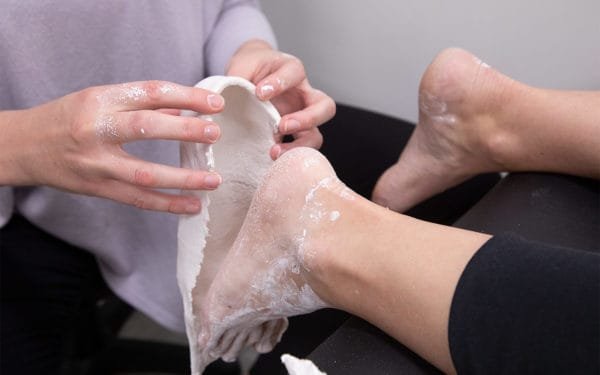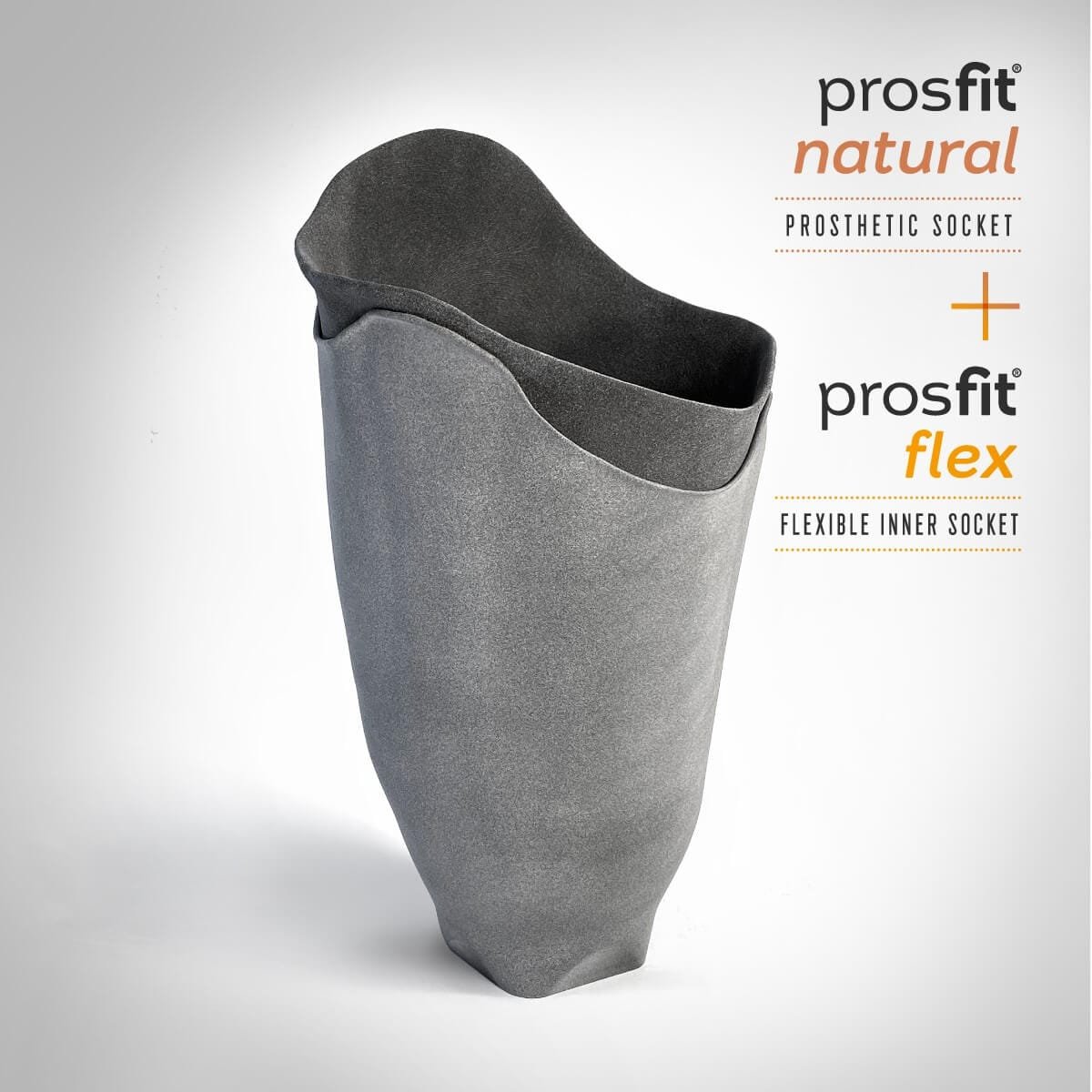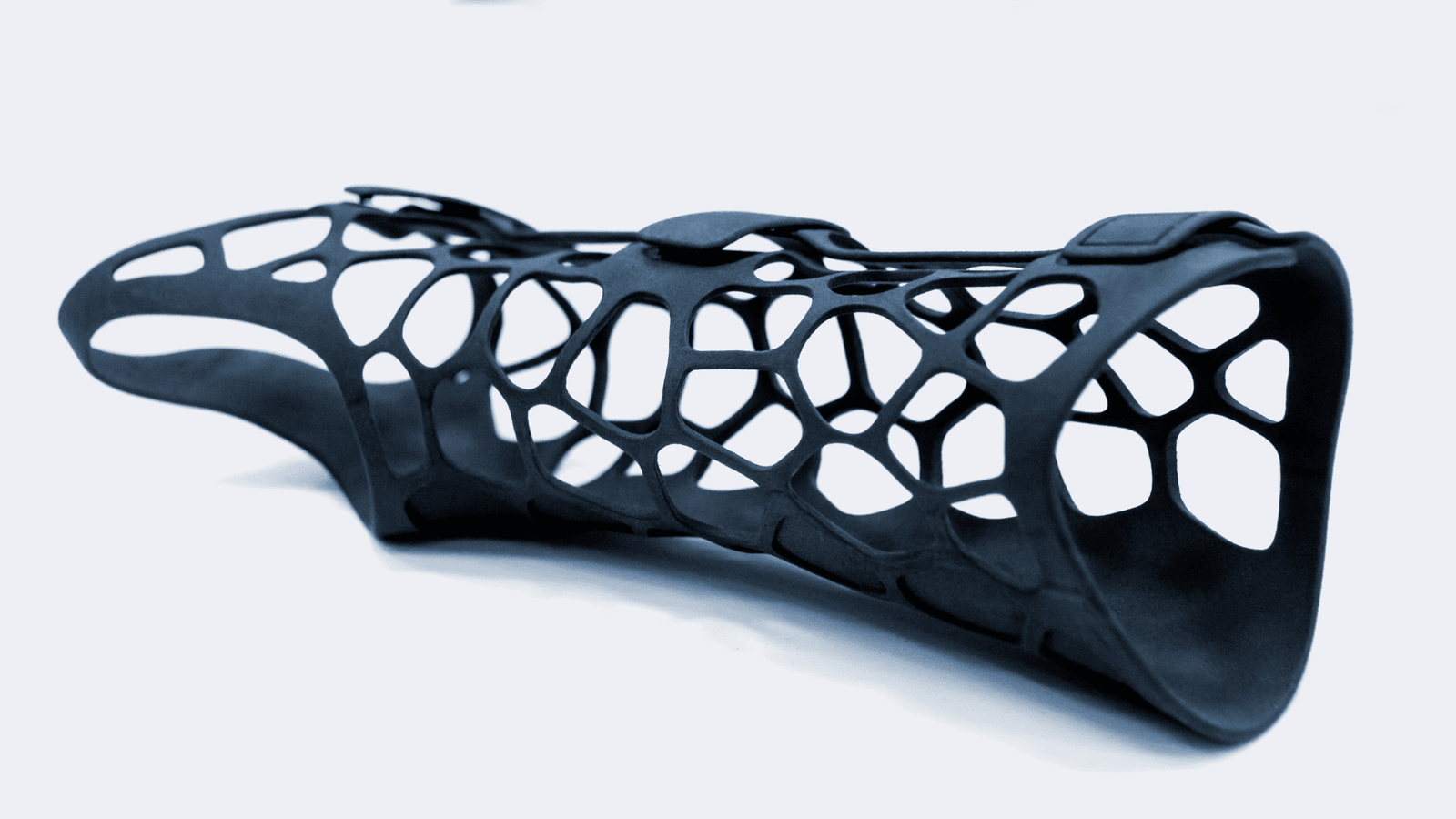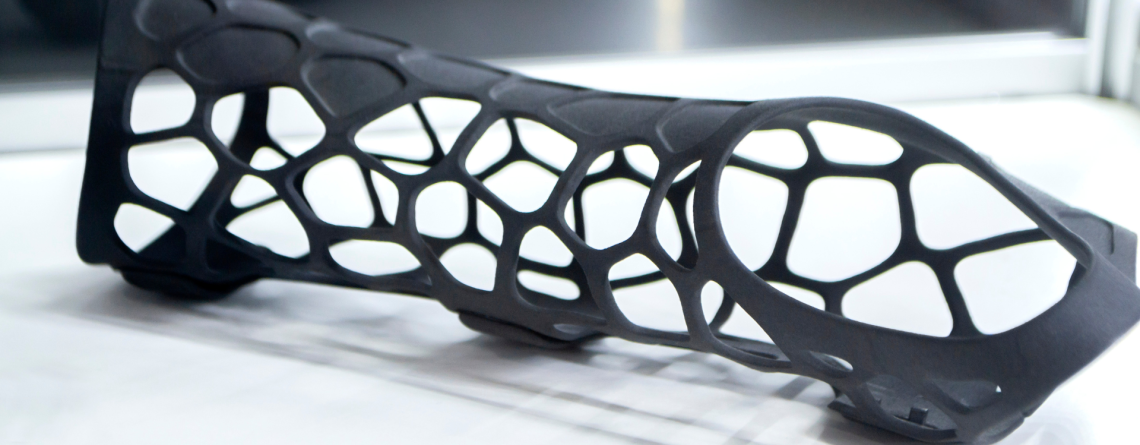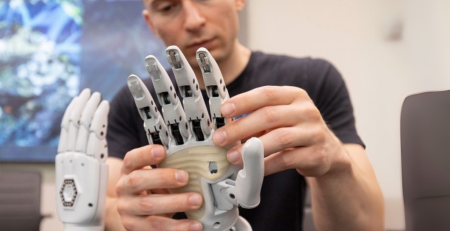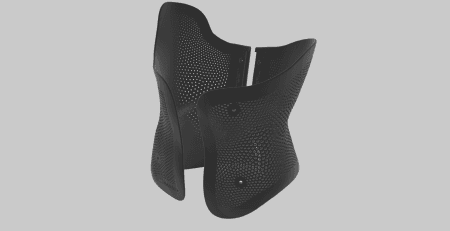The orthotics and prosthetics (O&P) industry is at a pivotal juncture. With rising demand fueled by an aging population and increasing instances of chronic conditions, traditional fabrication methods struggle to keep pace. These conventional workflows, rooted in manual craftsmanship, are plagued by inefficiencies, inconsistency, and scalability issues. The integration of 3D printing technology offers an innovative path forward, addressing these challenges and reshaping the future of O&P manufacturing.
Challenges in Orthotic and Prosthetic Fabrication
Traditional mold-based fabrication methods heavily depend on Certified Prosthetist Orthotists (CPOs) and their expertise. This reliance introduces variability, resulting in inconsistent product quality and fit. Patients often require multiple visits and adjustments before achieving a satisfactory outcome.
Traditional manufacturing methods also impose significant design limitations. Devices are often heavier, bulkier, and less comfortable, negatively impacting patient mobility. Additionally, the aesthetic limitations of traditional methods lead to devices that are functional but lack modern design appeal.
Lack of Digital Integration
Manual workflows lack robust digital infrastructure, making it difficult to maintain comprehensive records of patient data and device designs. This absence of digitization hinders repeatability and scalability, especially in busy clinical settings. Furthermore, traditional manufacturing processes generate substantial waste, with materials like plaster being discarded after each use, contributing to environmental concerns.
Scaling and Labor Constraints
Scaling production in traditional O&P manufacturing is labor-intensive and resource heavy. Custom device fabrication requires multiple machines, specialized materials, and skilled technicians. These limitations became glaringly apparent during the COVID-19 pandemic, where material shortages and labor constraints caused significant delays. Clinics faced increased costs and reduced patient throughput due to the time-intensive nature of manual casting, fitting, and adjustments.
Streamlined Digital Workflow for Improved Accuracy
3D printing transforms O&P manufacturing by introducing a streamlined, digital-first workflow. The process begins with a 3D scan of the patient’s limb or foot, creating an accurate digital model that clinicians can modify using industry-specific software. This eliminates the inconsistencies associated with manual measurements and physical molds. The digital data enables precise, repeatable designs that can be stored and reused, reducing errors and ensuring consistency.
For instance,
ProsFit leverages HP Multi Jet Fusion (MJF) technology to offer a fully digital “scan-to-print” solution, which reduces production time by up to five times compared to traditional methods. According to HP, “Prosfit has reduced the time it takes to make and deliver a socket from weeks to days.”
By consolidating multiple production steps into a single streamlined process, 3D printing significantly increases productivity. This efficiency is independent of device geometry, providing predictable turnaround times. Ultimately, clinicians can spend more time focusing on patient care rather than manual adjustments and rework.
Enhanced Device Functionality and Design Freedom
Unlike traditional methods, 3D printing provides unparalleled design freedom. Devices can incorporate advanced features like lattice structures, which reduce weight and improve breathability without compromising strength. The ability to customize devices for individual needs fosters better outcomes and minimizes post-fitting adjustments.
For example,
Invent Medical transitioned from subtractive manufacturing to HP MJF technology to create high-performance orthotic devices. Their products are lighter, more flexible, and more comfortable, thanks to advanced design capabilities. This digital workflow allows clinicians to upload 3D scans and rapidly produce customized solutions, enabling global scalability and improved patient outcomes.
Additionally, 3D printing enables aesthetic advancements that were previously unattainable. Patients can now benefit from sleek, modern designs tailored to their preferences. Customization options, such as color choices and textured finishes, allow prosthetics and orthotics to become an extension of personal style rather than purely functional medical devices. This level of personalization helps improve patient confidence and overall experience.
Scalability and Convenience
3D printing’s scalability is a game-changer for O&P practices. Once a patient’s design is stored digitally, clinicians can quickly produce additional devices with minimal effort. For example, if an orthotic insole is lost or damaged, it can be reprinted and shipped without requiring a new fitting session. This is particularly relevant for pediatric applications, where a child’s fast growth rate demands the capability to store designs digitally for quicker fit and customization.
Crispin Orthotics exemplifies this scalability by using 3D printing to produce advanced devices like ankle-foot orthoses (AFOs) with complex geometries. Their adoption of HP Multi Jet Fusion technology and the use of Nylon PA 12 reduced production costs by 50% compared to devices manufactured with carbon fiber.
The integration of 3D printing technology into orthotics and prosthetics (O&P) marks a paradigm shift in the industry. By addressing the limitations of traditional manufacturing—including inconsistency, inefficiency, and scalability challenges—3D printing empowers clinicians to deliver superior outcomes for their patients. Technologies like HP Multi Jet Fusion enable the production of highly customized, lightweight, and aesthetically appealing devices while reducing costs and environmental impact. As the industry continues to evolve, 3D printing promises a future where personalized, high-quality O&P solutions are accessible to all who need them.
Contract additive manufacturers, like Endeavor 3D, specialize in product design and 3D printing of orthotic and prosthetic applications. Contact us today to discuss how 3D printing can bring your concept to creation.
